Endoscopic Surgery for the Spine and Joints
Requiring Incisions That Are Smaller Than a Dime
Bones are rigid tissues that provide a framework to support the body, protect the internal organs, and serve as levers when the muscles contract for movement. The spine as well as joints connecting different bones in the arms, legs, and so on enable diverse types of movement, such as walking and running. We generally are not mindful of their importance until a problem affecting the bones prevent us from keep our backs straight, make us endure pain every time we walk, etc.
Spinal or joint disease can occur as a degenerative condition in elderly people, but it can also affect relatively young individuals due to various causes, such as poor posture, excessive exercise, and external impact. Early symptoms can be alleviated by posture correction and drug therapy among other treatment options, but as the disease progresses, it may require a surgical procedure to remove the herniated disk or the inflamed or ruptured area as a way to provide pain relief. In the past, these types of surgical procedure were carried out by making large incisions, which often damaged normal tissues and caused sequelae, and under general anesthesia, which made patients reluctant to undergo surgery.
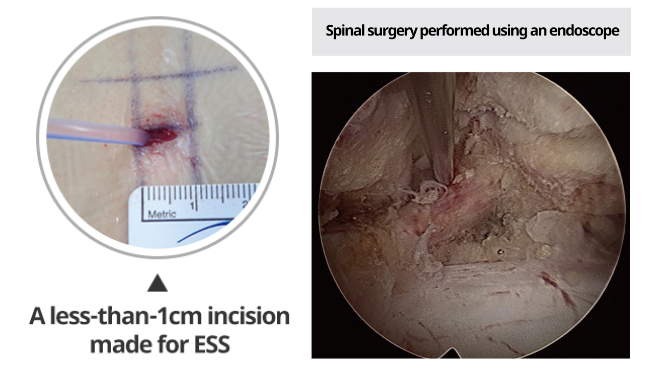
Endoscopic spine surgery (ESS) and arthroscopy involve making a 9mm incision to insert an endoscope, which helps minimize damage to normal muscles. It can also lead to accurate diagnosis and treatment, as the surgeon can treat the affected site, which could be an inflamed joint, torn ligament, or compressed spinal nerve, while observing it using the high-definition endoscopic camera. Plus, the equipment used in the conventional surgical procedure, such as drills and radiofrequency equipment for hemostasis, can be used to obtain the same results as open surgery. Because the muscles and other tissues that are normal and healthy are left untouched, recovery is relatively quick. Even elderly patients can walk several hours after surgery, and patients are usually discharged within a week. Because general anesthesia is not required, it can be performed on elderly patients and patients with serious and chronic conditions, such as diabetes and hypertension. Barun Mind Hospital in Daejeon, which accepts foreign patients, specializes in ESS and arthroscopy. It hosts a symposium annually, gives presentations at overseas conferences, and performs live surgery to share its ESS and arthroscopy techniques with foreign medical professionals.
Endoscopy, which has traditionally been applied to the gastrointestinal system, is now used to treat spinal and joint diseases in ways that enable faster recovery and minimize sequelae and adverse events. ESS and arthroscopy are expected to help a greater number of people enjoy day-to-day activities without any discomfort in the future.


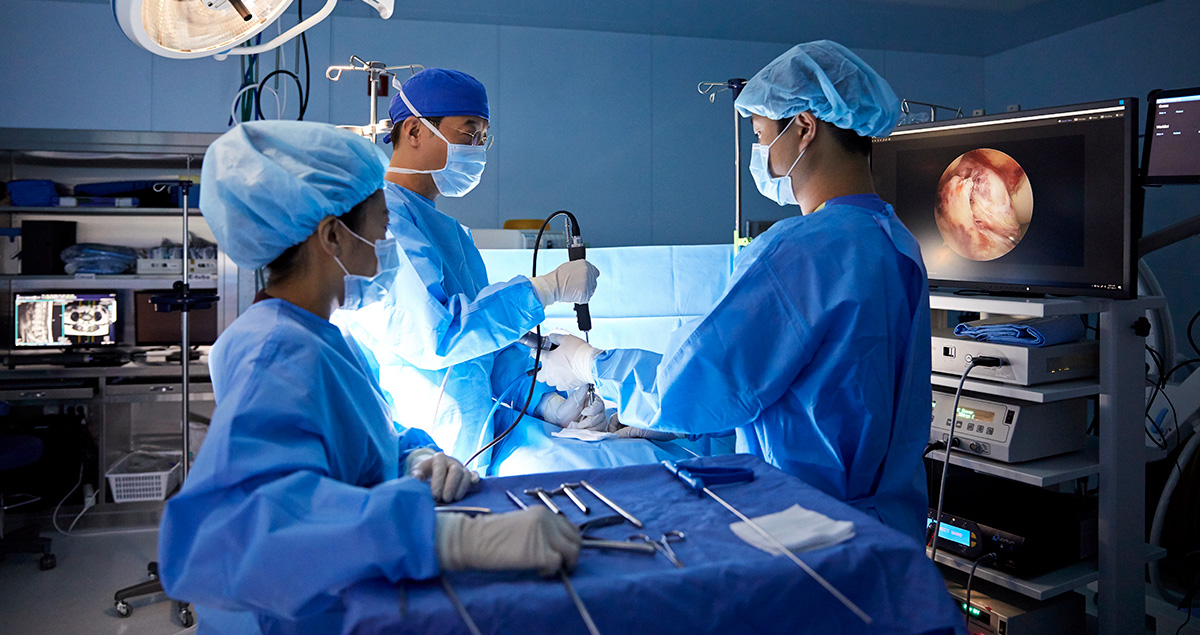

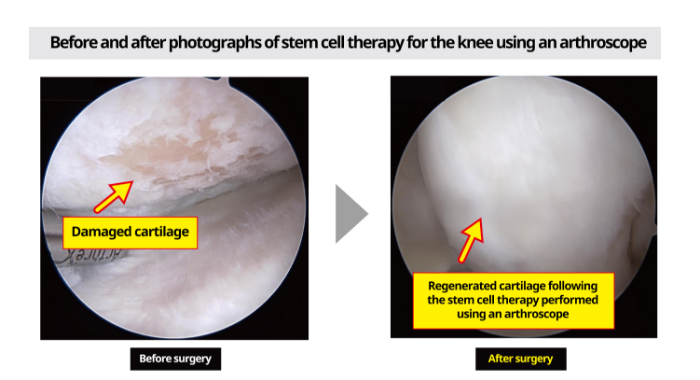
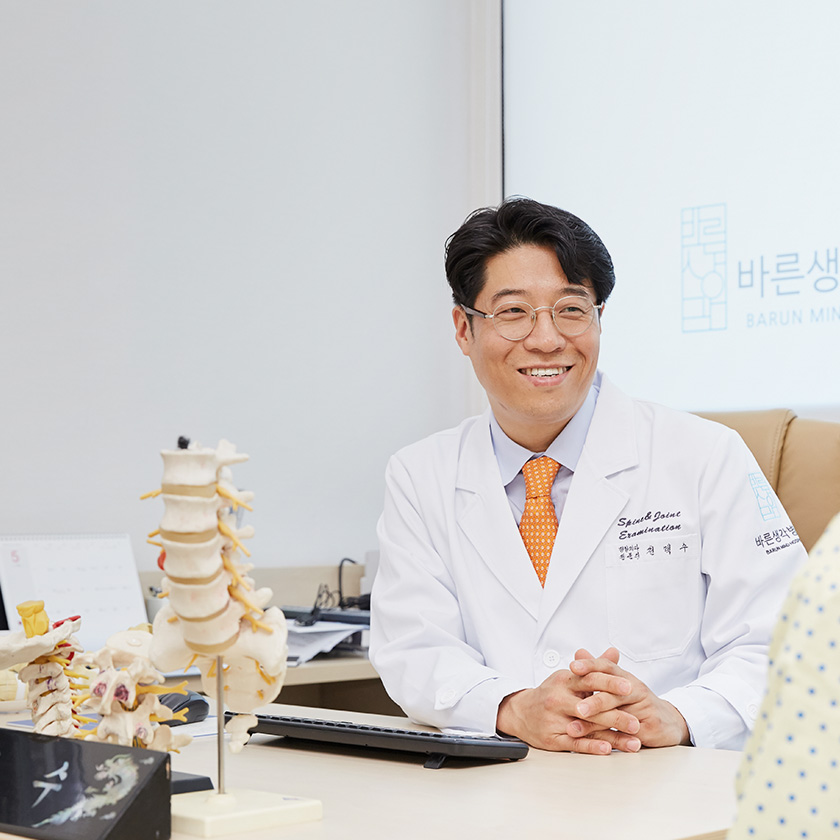 Specialized Medical Service
Specialized Medical Service
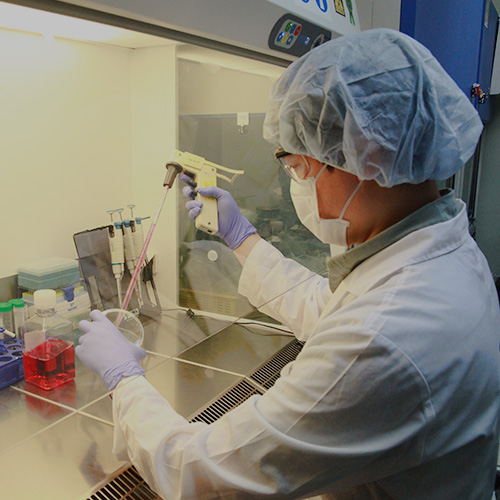 Bio Technology
Bio Technology
 Health & Wellness
Health & Wellness
 City & Culture
City & Culture
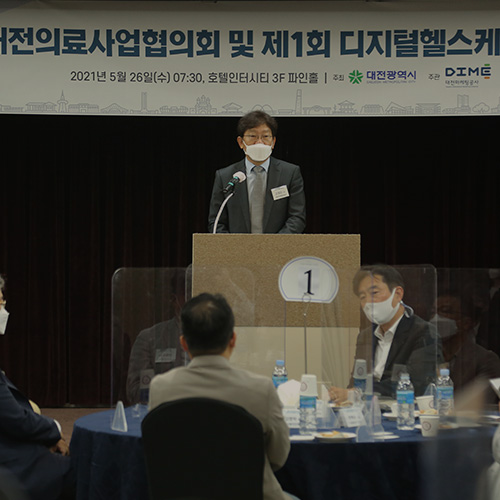 Hot Issue
Hot Issue
 Interview With
Interview With
 Medical Technology
Medical Technology
 City & Culture
City & Culture
 Food & Travel
Food & Travel
 Health & Wellness Tips
Health & Wellness Tips
 Hot Issue
Hot Issue